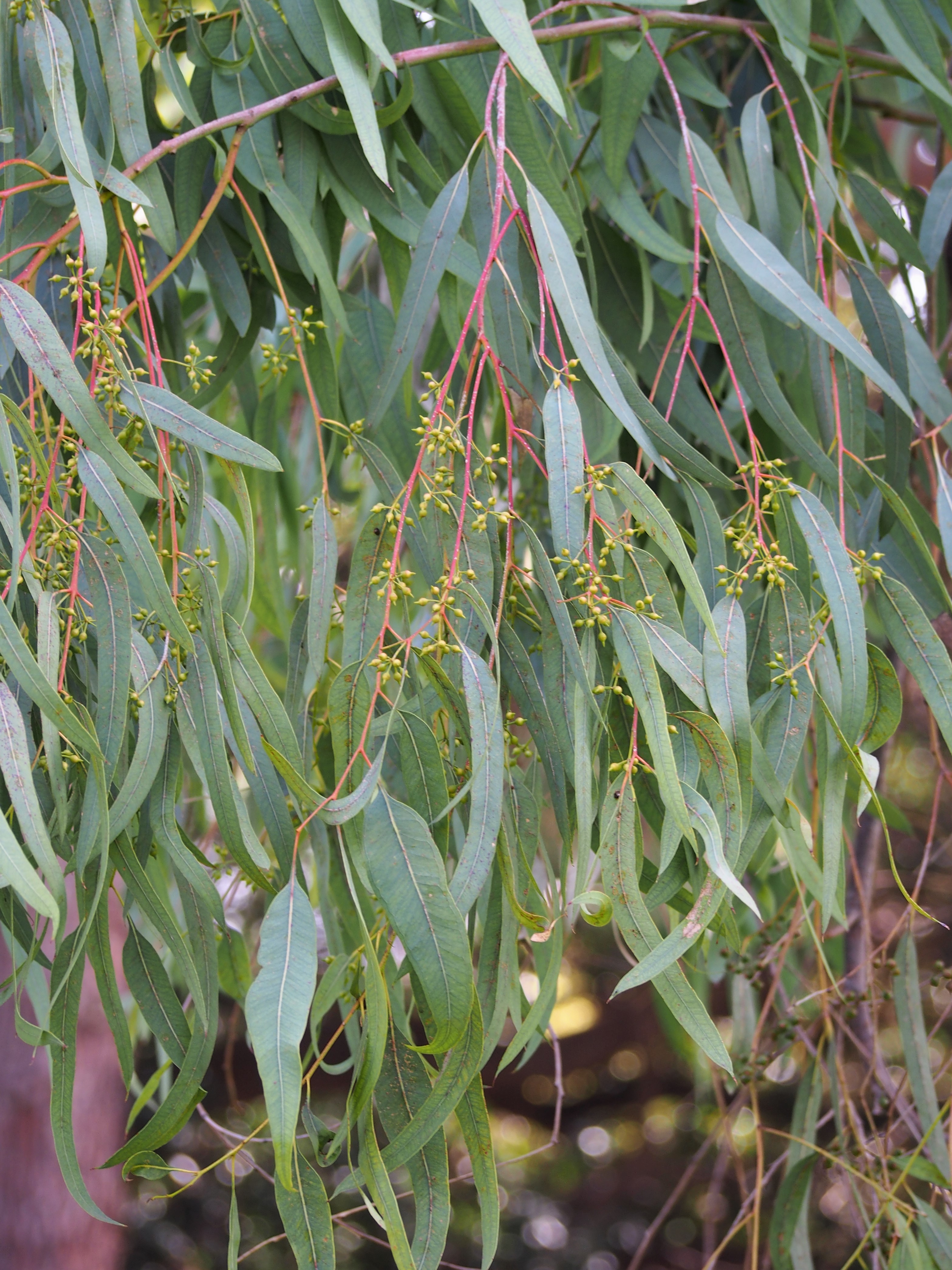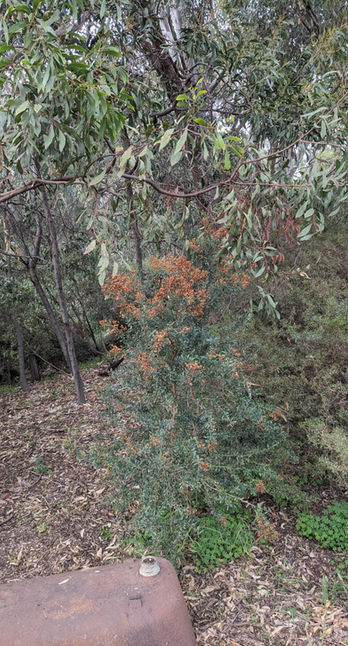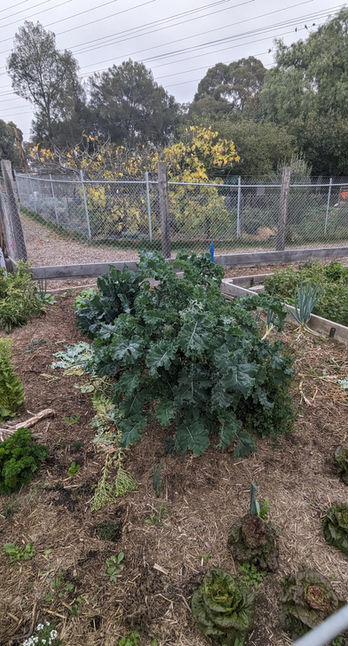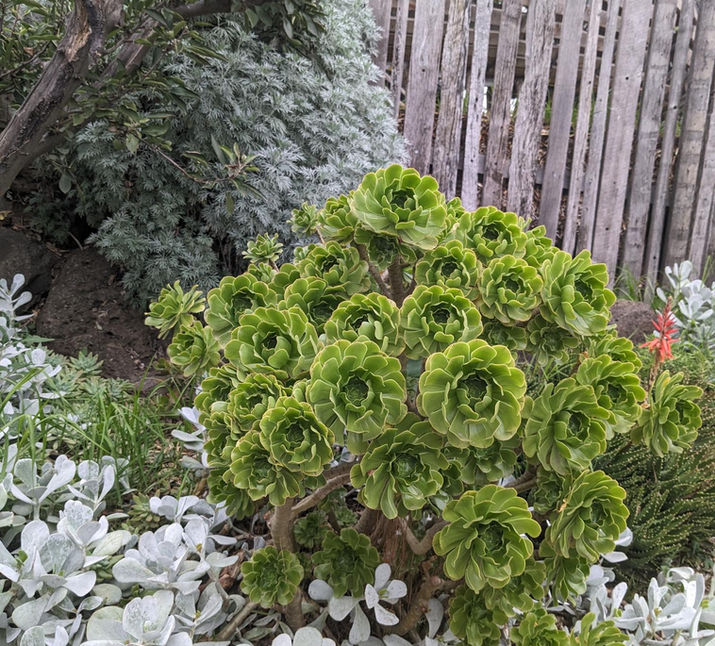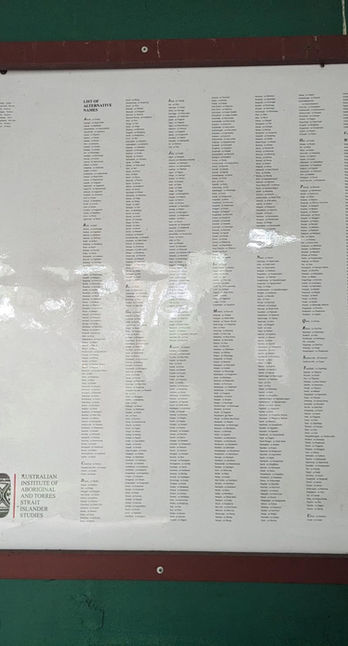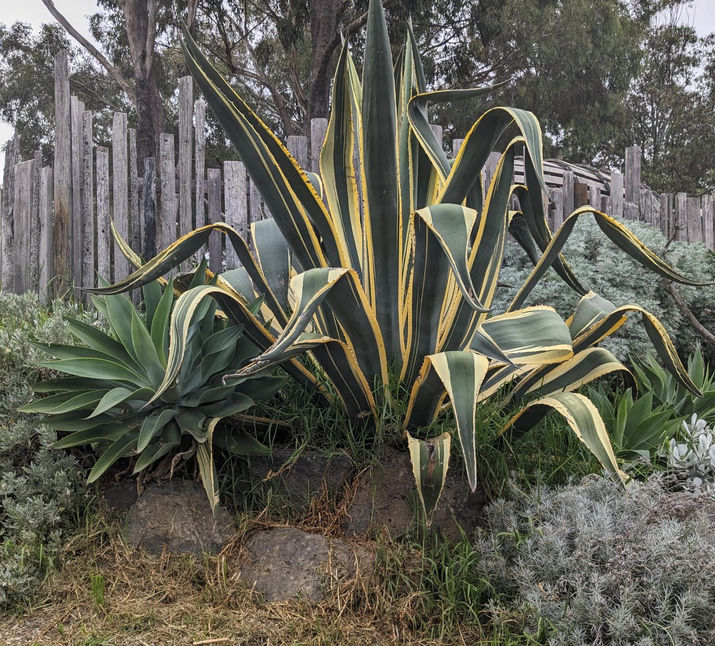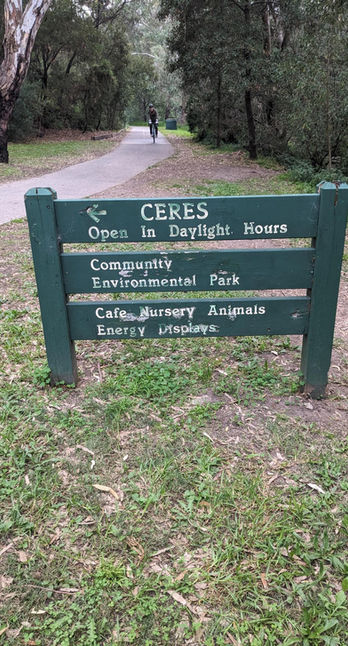Brunswick East, VIC

CERES Community Environment Park
CERES (Centre for Education and Research in Environmental Strategies) is an environmental and educational community centre. The small farm, with a chicken coop for eggs and vegetable patch, creates locally produced food, with an emphasis on sustainable and minimal use of water. This water use philosophy carries over to the maintenance of the native plants. Its close proximity to the creek allows for a range of biodiversity which has existed for tens of thousands of years pre-colonisation. The Namalata Willem centre aims to highlight Indigenous practices on upkeep of Country, primarily educating younger audiences. Since CERES is a not-for-profit, financial gains made from programmes are allocated towards the continued longevity of land owned by the organisation and the surrounding creek area.
Plants
Here are some of the plants we've observed at the space!
Experiences of Space
Finn B
Despite the close proximity to a four lane road, the walk from the Merri creek that marks the entrance to CERES feels isolated, allowing me to reflect on how the wild and untreated environment, despite being less managed, if at all, continues to exist. I became more appreciative of the self-sustaining capabilities of the natural environment, as I have lived in developed suburbs my whole life.
Once in the park I was greeted by a large shed and welcome sign. My focus became directed towards man made objects rather than the surrounding parkland. This made me consider traditional Western structures being positioned as a necessity to CERES’ legitimacy as a community hub. Additionally, the first plants in the surrounding proximity were non-native flora, utilised for beautification. Instead of feeling the intended welcoming environment as a Western visitor, I felt as though CERES was detached from one of their central goals of Indigenous activism, as plants existing purely for the sake of aesthetic is a classist and racialised British norm. To me, this reveals even the most well intended community gardens should always maintain a constant cycle of listening and acting based on feedback of Indigenous elders of the local area, and create a new norm. CERES in particular is in an elevated position to assist in fast tracking this progression.
The further someone explores into the park however, the more connected they become with the natural environment. I followed a desire path next to the Merri creek around the border of CERES to the Namalata Willem centre, the main Indigenous education hub and meeting place that aims to preserve and teach Indigenous practices and history. Surrounding it was the Gargala succulent, which visitors are free to eat. I tried it myself. It tasted slightly bitter, but it allowed me to immerse myself in the natural environment's ability to sustain itself and the humans that have relied on Country for tens of thousands of years.
One of the only locations in the garden uninterrupted by any built or manmade structures is the wetlands in the furthest South-western corner. This, in tandem with a large rock from the Namalata Willem centre, made me reflect on expanding both the concept of nature as a Western norm. Rather than aligning with a European conceptualisation of exclusively living plants, I gained a better understanding of “Country,” which is the entire natural environment– not just plants, but rocks, water, and individuals' interactions with it.
CERES beautifully exemplifies and incorporates Indigenous knowledge in their gardens , and other community gardens can take into account how they conduct and apply it to their own programme. As a community centre it fosters unity and relationships, the dependency we have on one another noted as extending to the environment, a central focus of people's lives pre-colonisation. Letting native plants grow uninterrupted is both sustainable due to plants being adapt for the environment, and important for the preservation of Country and Indigenous culture.
Gallery
Below are some of our photos from visiting the space:
